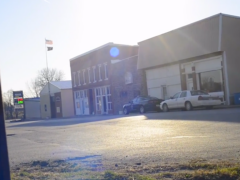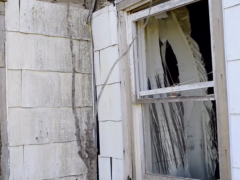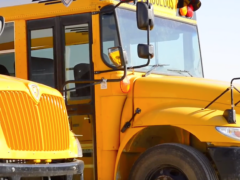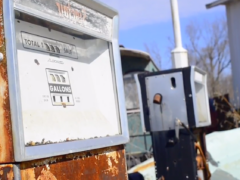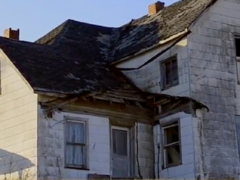Realities of Rural America
Every gift to Empower Chaplaincy, no matter the size, directly empowers a rural pastor to access transformative education and all its benefits. Your support is crucial to a movement changing the world through chaplaincy. Together, we can make a lasting impact!
In 2020, rural regions in the US had higher unemployment rates than the cities. In the small communities, when the industry fails, social services and job opportunities become scarce. Rural residents have suffered the effects of the housing crisis as well. The risk of foreclosure is highest for rural homeowners. When the state makes cuts in school budgets, rural schools feel those effects more than urban or suburban schools. Public school teachers in the United States spend $700 to $1000 a year out of their own pocket on school supplies and instructional materials to supplement the needs of the classroom. In rural areas, these extra expenses become a hardship for our teachers.
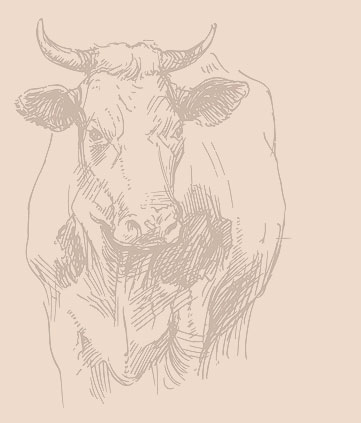
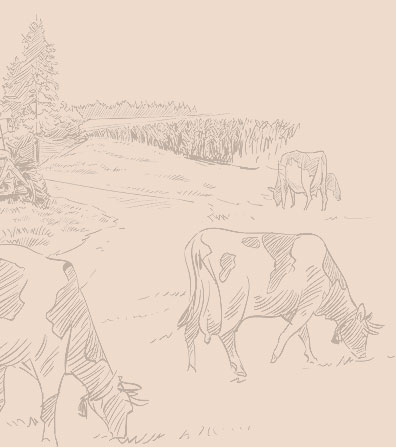
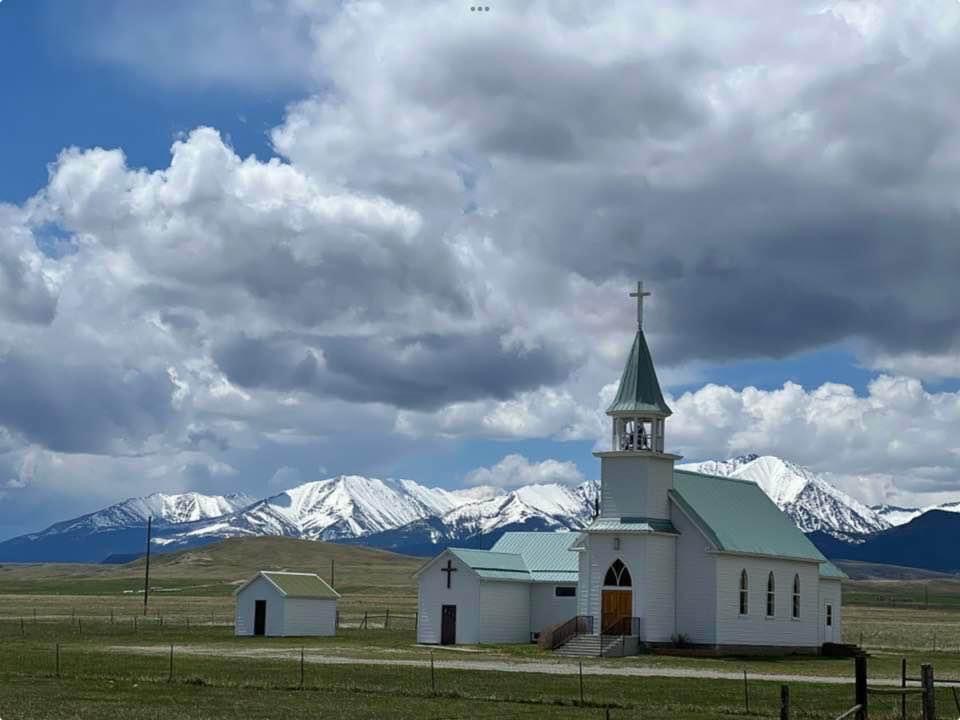
Positives

Challenges
More Rural Living Benefits
- Natural environment: Abundant access to outdoor activities like hiking, fishing, hunting, and enjoying scenic landscapes.
- Spacious living: Larger homes with more land, offering privacy and room to spread out.
- Cost-effective: Generally lower housing costs and a lower overall cost of living compared to urban areas.
- Community bond: Strong sense of community where people know each other and support one another.
- Peace and quiet: Less noise pollution and a calmer atmosphere compared to city life.
- Lower crime rates: Rural areas often have lower crime statistics.
- Outdoor activities: Opportunities to engage with nature through gardening, farming, and wildlife observation.
- Sense of self-reliance: Ability to live a more self-sufficient lifestyle.
Chaplaincy Education History
Chaplaincy for the military in the United States with an official endorsement was first commissioned in 1775 by the Continental Congress. Their pay was $20 per month, and they provided feed for one horse. George Washington offered soldiers a worship service at Valley Forge provided by a military chaplain in 1778 (American Christian Heritage, n.d.). “The Commander-in-Chief directs those divine services be performed every Sunday at eleven o’clock in each bridge which has chaplains…While we are duly performing the duty of good soldiers, we are not to be inattentive to the highest duties of religion” (American Christian Heritage. n.d.). On May 1, 1789, William Linn, a Presbyterian minister, was appointed as the first chaplain to the United States House of Representatives with duties of prayer for opening proceedings, memorial services, funeral and marriage ceremonies, and pastoral counseling for the House community (History of Chaplaincy, 1999).
The United States Senate likewise established an ongoing tradition of chaplaincy in 1789 that continues to this day. Their sentiments for the need to have an established Christian chaplain were planned by “having a Chaplain of the body, to whom we can look and consider as such; a Chaplain who would become acquainted with us, and who would know the interests and wants of the body” (About the Senate Chaplain, 2022). It is noted that most of the chaplains throughout the history of chaplaincy to the United States Senate and House of Representatives come from three denominations, Presbyterian, Methodist, and Episcopalian. The Baptists are on the history list, but no Pentecostals were on either list of chaplains. Chaplaincy education adheres to varied standards, but there is no consensus on the skills and competencies chaplains need to do their work (Cage & Tien, 2022).
In the dawning years of American government, it was understood by those in government that the church and its message were the guardians of civil morality towards a civil society. “The importance of religion to civil society and government is great indeed . . . the fear and reverence of God and the terrors of eternity are the most powerful restraints on the minds of men” (Religion and the Founding, 1998, p. 1).
While the church found itself in a position of power as a prophetic voice to society, the position also came with strings attached. It came time to reconsider its interconnectedness to state government from 1775 to 1786. The role of a prophetic voice brought funding to the church in the form of a religious tax that the public was required to pay. In other words, the church was paid to be a public utility “because Christianity offered the ‘best means of promoting Virtue, Peace, and Prosperity” (Religion and the Founding, 1998).
Some “believed that the influence of religion was the surest means of creating the virtuous citizens needed to make a republican government work. His remark that ‘refiners may weave as fine a web of reason as they please, but the experience of all times shows religion to be the guardian of morals” (Religion and the Founding, 1998). In 1786, the decision was made and won the day to stop state funding to the church, championed by Thomas Jefferson. He considered this act of religious freedom more important than the Declaration of Independence (p.1).
